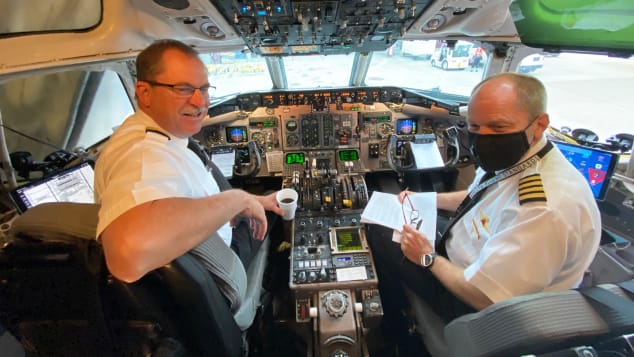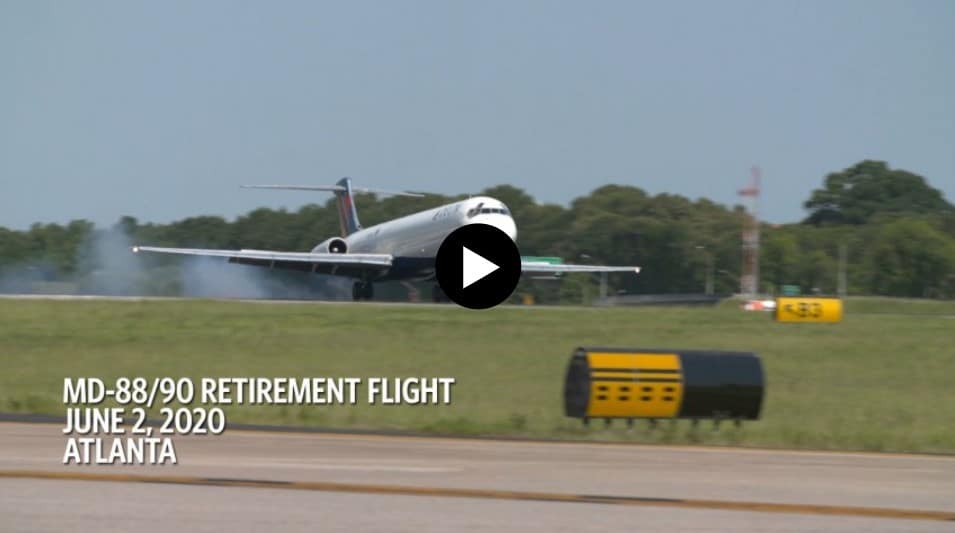Delta’s MD-88s and MD-90s said goodbye to the skies this week. The planes made their last scheduled revenue flights on 2 June, as the airline officially retired its McDonnell Douglas jets that it dubs Mad Dog.
The MD-80s are affectionately known as Mad Dogs because they take off like rocket ships and unlike more modern automated aircraft, require pilots’ full attention to fly and land.
Last month, Delta announced its plans to retire the fleet earlier than previously planned due to the COVID-19 pandemic’s impact on travel demand.
Delta has been able to react quickly to the COVID-19 crisis by parking aircraft and considering early retirements of older, less efficient airplanes.
In normal times, special flights such as Delta’s retirement of the last McDonnell Douglas MD-80 series aircraft flying scheduled passenger service in North America are cause for celebration.
With national crises raging, these are anything but normal times. Yet against this tragic backdrop, the final flight on Tuesday was historic, joyous and completely surreal.
After 33 years as the backbone of Delta’s domestic fleet, and after nearly four decades plying the world’s skies, the once-ubiquitous MD-88 aircraft vanished from scheduled airline service Tuesday, marking the end of an era for the aircraft not just in the US, but in most of the world.
This was the last scheduled passenger flight in America of any McDonnell Douglas designed and produced passenger aircraft in America.
The significance of the MD-80 to the Atlanta-based carrier can’t be overstated. Though Delta wasn’t the first airline to fly the MD-80, the airline was the launch customer for the Mad Dog’s predecessor, the DC-9, back in 1965.
Delta operated 120 examples of the MD-80 at its peak (out of 1,191 built). Delta’s MD-80s were specially updated and rebranded as the MD-88. This beloved workhorse entered service on 1 April 1987, flying to just about every city in Delta’s North American network with 900 flights per day.

At their height, they represented 50 per cent of all Delta departures and arrivals at the world’s busiest airport, Hartsfield-Jackson Atlanta International.
Over 33 years, the fleet flew 750 million passengers, achieving 12 million hours in the air. On the last full day of operations, only 14 MD-88s and two of its MD-90 sisterships were operating from the airline’s Atlanta base.












